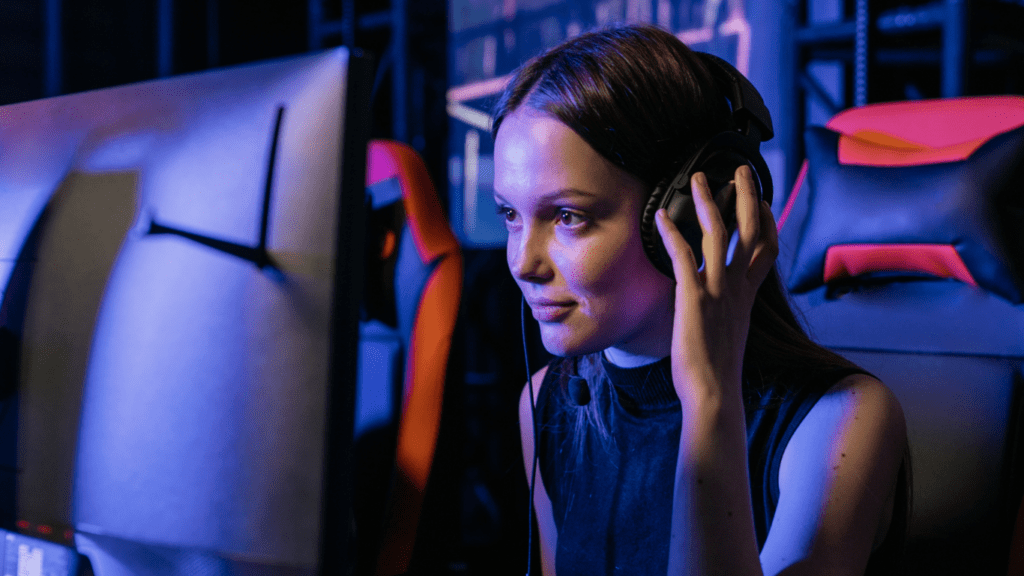As a passionate gamer, I’ve witnessed firsthand the transformative power of gaming. However, for many players, enjoying this immersive experience isn’t always straightforward. In the world of gaming, accessibility is a crucial yet often overlooked aspect that can make a significant difference in the gaming experience for all individuals.
In my exploration of “Accessibility in Gaming: Breaking Barriers for All Players,” I delve into the innovative ways in which game developers are revolutionizing the industry to ensure that gamers of all abilities can fully participate and enjoy the virtual worlds they love. From customizable controls to inclusive design features, the gaming landscape is evolving to break down barriers and create a more inclusive space for everyone.
The Importance of Accessibility in Gaming
As a passionate gamer, I understand the significance of accessibility in gaming.
Defining Accessibility in Video Games
Ensuring accessibility in video games involves accommodating various needs and preferences to make games playable by the widest possible audience.
Why Accessibility Matters
Accessibility matters because it fosters inclusivity, allowing all individuals, regardless of their physical abilities, to participate and enjoy the gaming experience.
Current State of Accessibility in Gaming
In the current landscape of gaming, developers are leveraging advances in technology to enhance accessibility for all players. The integration of innovative features and adaptable settings has paved the way for a more inclusive gaming experience. Accessibility in gaming refers to the diverse range of options and tools that cater to the individual needs and preferences of gamers, ensuring that everyone can participate and enjoy virtual worlds.
Advances in Technology

I am impressed by the continuous advancements in technology that have revolutionized accessibility in gaming. Features such as customizable controls, in-game visual and auditory cues, and adaptive difficulty settings have significantly improved the gaming experience for players with disabilities. Moreover, the implementation of voice commands, motion sensors, and eye-tracking technology has opened up a new realm of possibilities for gamers with varying abilities. These technological innovations demonstrate a commitment to breaking down barriers and fostering a more inclusive gaming community.
Major Challenges Remaining
While significant progress has been made in enhancing accessibility in gaming, there are still major challenges that need to be addressed. One of the key hurdles is ensuring consistent implementation of accessibility features across all games, regardless of genre or platform. Additionally, there is a need for greater awareness and education within the gaming industry to prioritize accessibility in game development. Overcoming these challenges will require collaborative efforts from developers, publishers, and the gaming community to ensure that accessibility remains a fundamental aspect of game design.
Notable Games Leading the Charge
As an avid gamer, I’m thrilled to see the progress in accessibility features within the gaming industry. Let’s delve into some exemplary games that are setting the standard for inclusivity.
Examples of Accessible Games
- “The Last of Us Part II” by Naughty Dog showcases robust accessibility options, including features like enhanced navigation assistance, colorblind filters, and extensive remapping of controls.
- “Celeste” by Matt Makes Games is praised for its customizable settings, such as adjustable game speed and infinite stamina, catering to a wide range of players.
- “Sea of Thieves” by Rare offers text-to-speech and speech-to-text functionalities, making communication more accessible for players with hearing or speech impairments.
Leading the Way in Game Accessibility
- By incorporating such diverse accessibility features, these games ensure that all players, regardless of their abilities, can fully immerse themselves in the gaming experience.
- Customizable controls, subtitles, and audio cues not only remove barriers but also enhance the overall enjoyment and engagement for players with disabilities.
- These games serve as beacons of inclusivity, setting a precedent for the industry and inspiring other developers to prioritize accessibility in their game design.
Improving Game Design for Accessibility
When it comes to improving game design for accessibility, developers must prioritize inclusivity without compromising the gaming experience. By incorporating customizable controls, adaptive visuals, and inclusive audio features, games can break barriers and make gaming enjoyable for all players.
Developing Inclusive Game Controls
Inclusive game controls are essential for ensuring that players of all abilities can fully engage with the gaming experience. By allowing customization of controls such as button mapping, sensitivity settings, and input alternatives like voice commands or eye tracking, developers can empower players to tailor the gameplay to their specific needs. Games like “The Last of Us Part II” have set a high standard by offering a wide range of customizable controls, enabling players with physical disabilities to navigate the game effectively.
Adapting Visuals and Audio for All Users
Visual and auditory cues play a crucial role in making games accessible to all users, including those with visual or hearing impairments. Developers can enhance accessibility by incorporating features such as high contrast modes, colorblind options, subtitles, and audio descriptions. Games like “Celeste” have excelled in this aspect by providing detailed visual cues and subtitles for important dialogues, ensuring that players with different needs can enjoy the game without missing out on essential information. By adapting visuals and audio, developers can create a more inclusive gaming environment where all players can immerse themselves in the virtual world.
Tammylie Romanors
Tammylie Romanors is the visionary founder and a prolific article writer for Gear Up Play On, a premier platform dedicated to providing gamers with professional, friendly, and trusted content. With an unwavering passion for gaming and a comprehensive understanding of the industry, Tammylie has built Gear Up Play On into a leading resource for gamers worldwide. Her journey began with a love for gaming that evolved into a mission to create a space where gamers could find reliable and innovative information.



